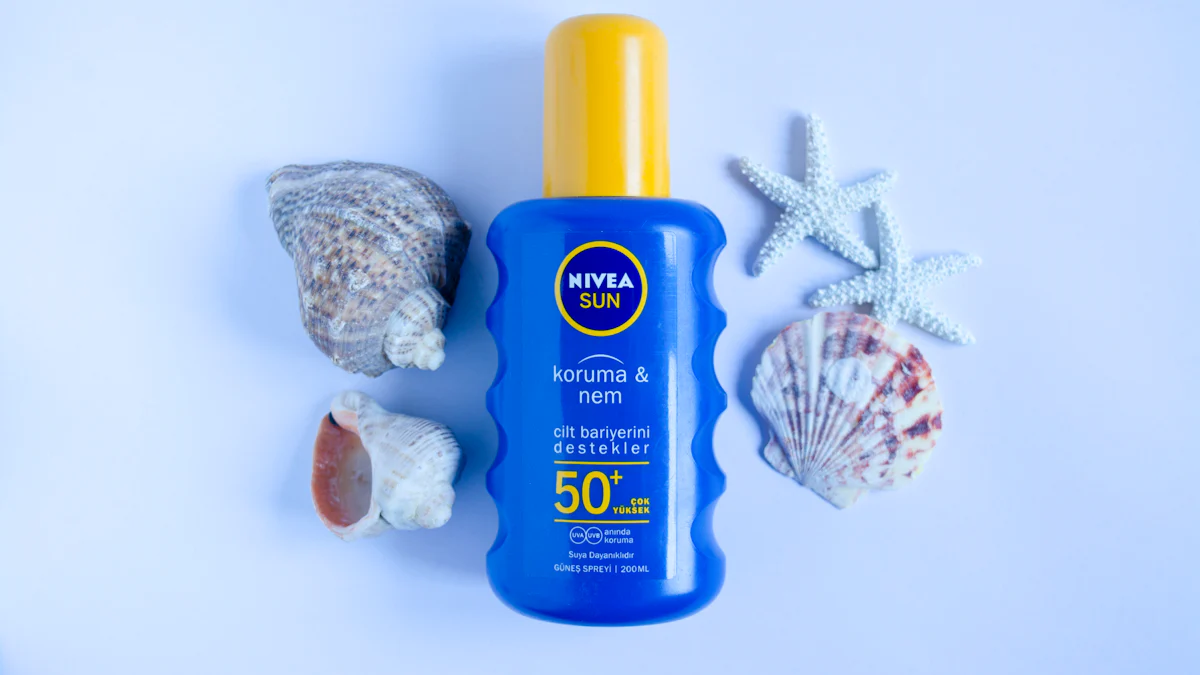
Your skin faces constant exposure to harmful UV rays, making protection essential. Ethylhexyl Methoxycinnamate plays a critical role in shielding your skin from UVB radiation. This ingredient absorbs these rays, preventing sunburn and reducing the risk of long-term damage. It helps protect against premature aging caused by sun exposure. Its effectiveness makes it a key component in many modern sunscreen products. By using skincare with this ingredient, you ensure your skin stays healthy and safe under the sun.
Key Takeaways
- Ethylhexyl Methoxycinnamate is essential for protecting your skin from harmful UVB rays, reducing the risk of sunburn and long-term damage.
- Incorporating products with this ingredient into your skincare routine helps maintain youthful skin by preventing premature aging caused by sun exposure.
- Look for Ethylhexyl Methoxycinnamate in various skincare products, including sunscreens, moisturizers, and makeup, to ensure comprehensive UV protection.
- This ingredient works by converting UVB radiation into less harmful energy, forming a protective barrier on your skin’s surface.
- Ethylhexyl Methoxycinnamate is safe for daily use, but always choose products from reputable brands that adhere to regulatory guidelines.
- For optimal sun protection, use products that combine Ethylhexyl Methoxycinnamate with other UV filters for broad-spectrum defense against both UVB and UVA rays.
- Perform a patch test before using new products containing this ingredient, especially if you have sensitive skin, to avoid potential irritation.
What is Ethylhexyl Methoxycinnamate?
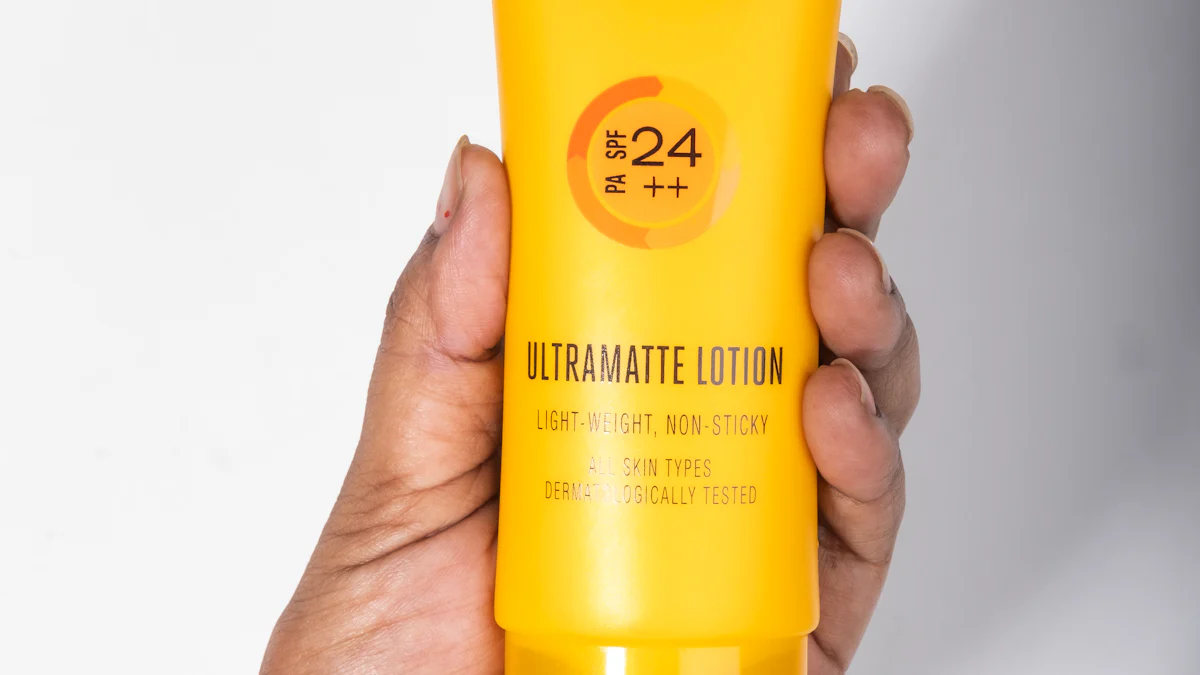
Definition and Purpose
Ethylhexyl Methoxycinnamate is a chemical compound widely recognized for its role in skincare. It serves as a UV filter, absorbing harmful UVB rays from the sun. These rays can cause sunburn and contribute to skin damage over time. By incorporating this ingredient into skincare products, manufacturers provide you with effective protection against these risks. Its primary purpose is to safeguard your skin while maintaining its health and appearance.
This ingredient works by converting UVB radiation into less harmful energy, such as heat. This process prevents the rays from penetrating your skin and causing harm. Its ability to act as a barrier makes it an essential component in many sunscreen formulations. You benefit from its protective properties every time you apply a product containing this ingredient.
Common Applications in Skincare
You will often find Ethylhexyl Methoxycinnamate in a variety of skincare and cosmetic products. Sunscreens are the most common application, where it plays a vital role in protecting your skin from sun exposure. Many face creams, moisturizers, and lotions also include this ingredient to enhance their UV-blocking capabilities. It ensures that your daily skincare routine provides an added layer of defense against harmful rays.
Cosmetic products like foundations and lip balms frequently use this ingredient as well. These products aim to protect your skin while enhancing your appearance. By including Ethylhexyl Methoxycinnamate, they offer dual benefits—beauty and protection. Its lightweight nature ensures that these products feel comfortable on your skin, making them suitable for everyday use.
How Does Ethylhexyl Methoxycinnamate Work?
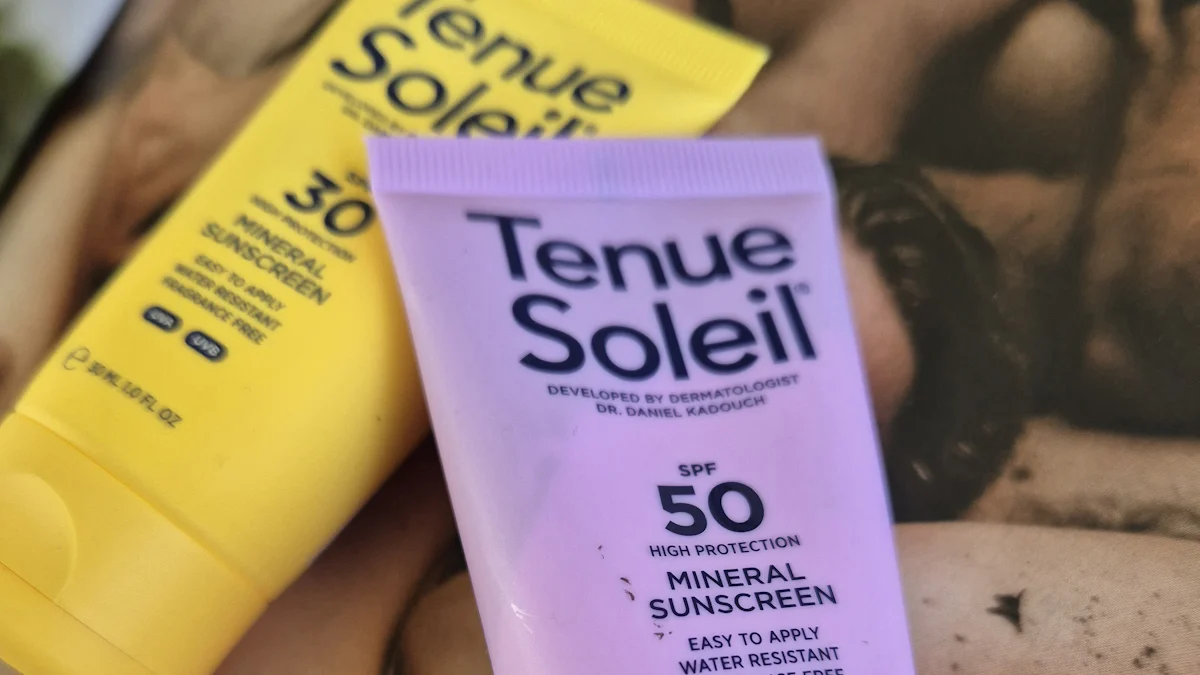
Mechanism of Action
Ethylhexyl Methoxycinnamate works by absorbing harmful UVB rays before they can penetrate your skin. When you apply a product containing this ingredient, it forms a protective layer on the surface of your skin. This layer captures UVB radiation and converts it into a less harmful form of energy, such as heat. This process prevents the rays from causing damage like sunburn or premature aging.
This ingredient acts as a shield, ensuring that UVB rays do not reach the deeper layers of your skin. By stopping these rays at the surface, it reduces the risk of long-term effects, including skin cancer. Its ability to neutralize UVB radiation makes it an essential component in effective sun protection products.
Contribution to Broad-Spectrum Protection
While Ethylhexyl Methoxycinnamate primarily targets UVB rays, it plays a crucial role in broad-spectrum protection when combined with other UV filters. Broad-spectrum protection means safeguarding your skin from both UVB and UVA rays. UVB rays cause immediate damage like sunburn, while UVA rays penetrate deeper and contribute to aging and other long-term effects.
In sunscreen formulations, Ethylhexyl Methoxycinnamate often works alongside ingredients like Avobenzone or Benzophenone-3. These combinations ensure comprehensive coverage against the sun’s harmful rays. By including this ingredient in your skincare routine, you benefit from a well-rounded defense that protects your skin’s health and appearance.
Benefits of Ethylhexyl Methoxycinnamate in Skincare
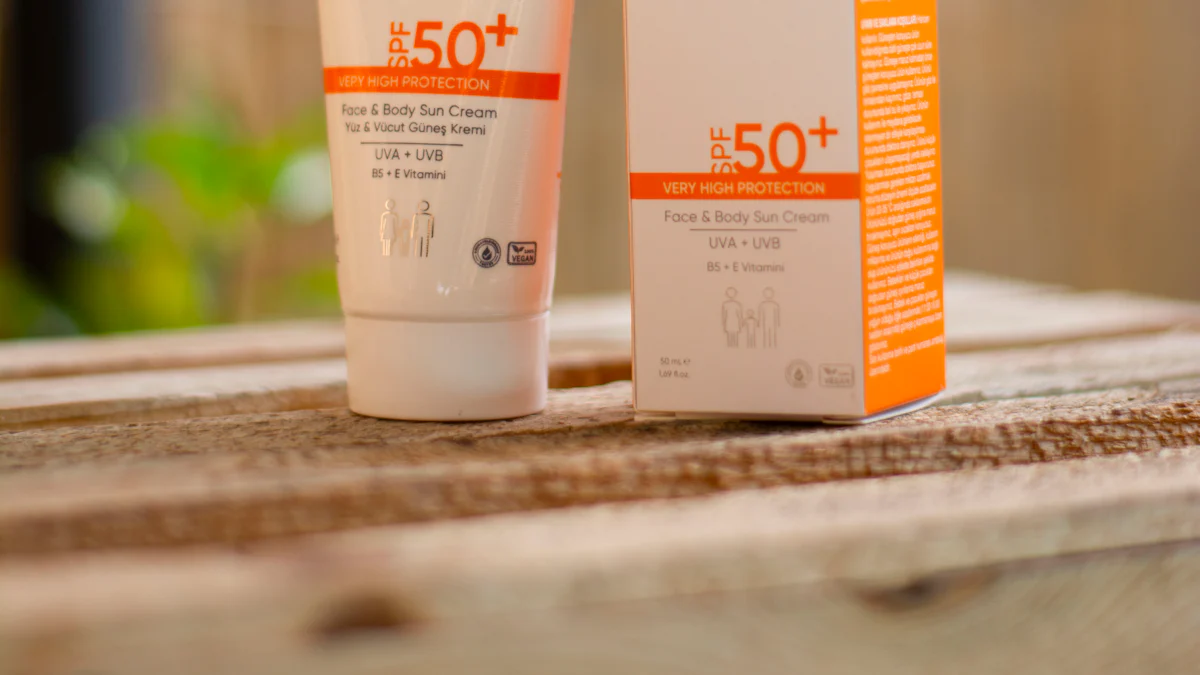
Effective UVB Protection
Your skin faces daily exposure to UVB rays, which can cause sunburn and long-term damage. Ethylhexyl Methoxycinnamate provides a reliable shield against these harmful rays. It absorbs UVB radiation before it penetrates your skin, reducing the risk of sunburn and protecting your skin’s health. This ingredient ensures that your sunscreen delivers effective protection, allowing you to enjoy outdoor activities without constant worry about sun damage. By using products with this ingredient, you take an essential step toward maintaining youthful and healthy skin.
Compatibility with Other Ingredients
Ethylhexyl Methoxycinnamate works well with other active ingredients in skincare formulations. It blends seamlessly with compounds like Avobenzone and Benzophenone-3 to create broad-spectrum sunscreens. These combinations enhance the overall effectiveness of sun protection products. Its compatibility ensures that manufacturers can include it in various formulations without compromising the product’s stability or performance. For you, this means access to skincare products that offer comprehensive protection while addressing other skin concerns.
Lightweight and Skin-Friendly Formulations
Skincare products containing Ethylhexyl Methoxycinnamate feel light and comfortable on your skin. This ingredient does not leave a greasy or heavy residue, making it ideal for daily use. Its lightweight nature allows it to integrate into formulations like moisturizers, foundations, and lip balms without affecting their texture. You can enjoy the benefits of sun protection without sacrificing comfort or convenience. This makes it easier to incorporate sun-safe habits into your routine, ensuring consistent care for your skin.
Is Ethylhexyl Methoxycinnamate Safe?

Regulatory Approvals and Guidelines
You may wonder if Ethylhexyl Methoxycinnamate is safe for use in your skincare products. Regulatory authorities worldwide have evaluated this ingredient extensively. Organizations like the U.S. Food and Drug Administration (FDA) and the European Commission have approved its use in cosmetics and sunscreens. These approvals come with strict guidelines to ensure your safety.
In the United States, the FDA permits Ethylhexyl Methoxycinnamate in sunscreen formulations at concentrations up to 7.5%. In Europe, regulations allow up to 10% in cosmetic products. These limits ensure that the ingredient remains effective while minimizing any potential risks. By adhering to these standards, manufacturers provide you with products that meet high safety benchmarks.
Addressing Safety Concerns
Concerns about the safety of Ethylhexyl Methoxycinnamate often arise from misinformation. Scientific studies have shown that this ingredient is safe when used as directed. It does not penetrate deeply into your skin, which reduces the likelihood of systemic absorption. This ensures that it works effectively on the surface without affecting your body internally.
Some individuals may experience mild skin irritation, especially if they have sensitive skin. To avoid this, you should perform a patch test before using a new product. If you notice any discomfort, discontinue use and consult a dermatologist. For most people, products containing Ethylhexyl Methoxycinnamate provide reliable sun protection without adverse effects.
When choosing skincare products, look for those from reputable brands. These companies follow regulatory guidelines and conduct thorough testing to ensure safety. By selecting high-quality products, you can enjoy the benefits of Ethylhexyl Methoxycinnamate with confidence.
Why Ethylhexyl Methoxycinnamate is a Key Ingredient in Modern Sunscreens
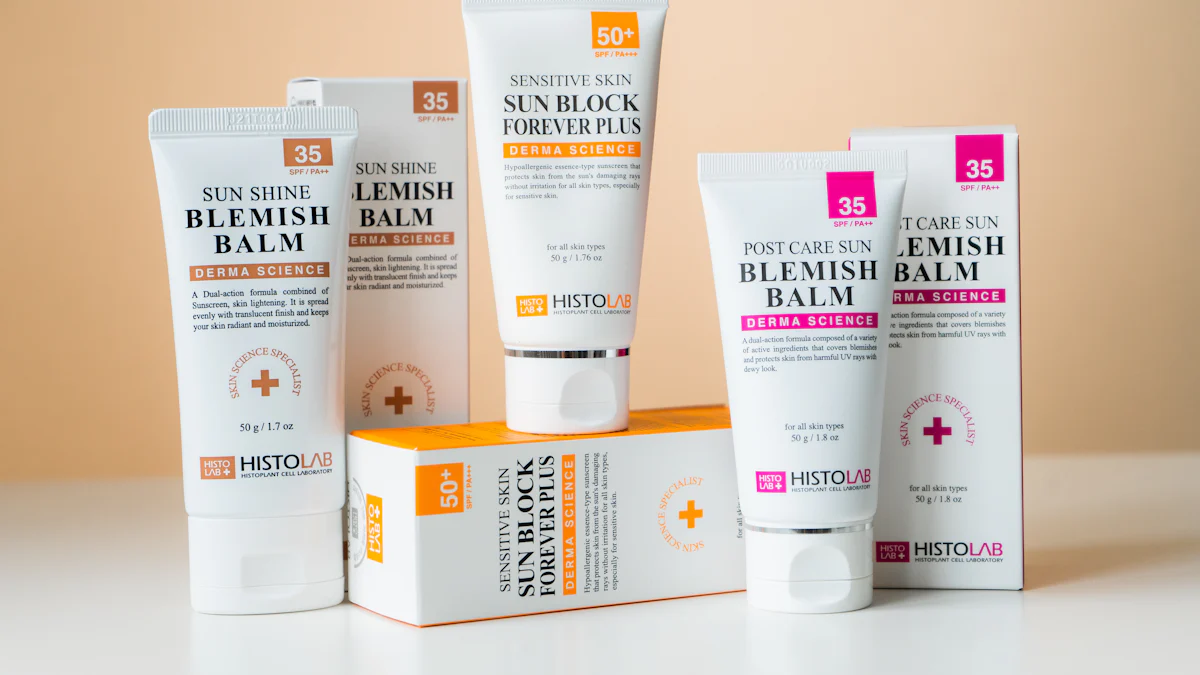
Prevalence in Sunscreen Formulations
Ethylhexyl Methoxycinnamate has become a staple in sunscreen products worldwide. You will find it in many formulations designed to protect your skin from harmful UVB rays. Its ability to absorb these rays efficiently makes it a preferred choice for manufacturers. This ingredient ensures that sunscreens deliver reliable protection, which is essential for maintaining healthy skin.
Sunscreens containing this ingredient are available in various forms, including lotions, sprays, and gels. These options cater to different preferences, allowing you to choose a product that suits your needs. Its versatility also makes it compatible with other active ingredients, enhancing the overall effectiveness of the sunscreen. By using products with Ethylhexyl Methoxycinnamate, you benefit from a proven solution that prioritizes your skin’s safety.
Meeting Consumer Needs for Effective Sun Protection
Modern consumers demand skincare products that combine effectiveness with convenience. Ethylhexyl Methoxycinnamate addresses these needs by offering strong UVB protection in lightweight formulations. You can apply sunscreens with this ingredient without worrying about a greasy or heavy feel. This makes it easier to incorporate sun protection into your daily routine.
This ingredient also supports the development of broad-spectrum sunscreens. When paired with other UV filters, it helps protect against both UVB and UVA rays. This comprehensive coverage meets your need for all-around sun protection. Whether you spend time outdoors or use cosmetics with SPF, Ethylhexyl Methoxycinnamate ensures that your skin remains shielded from harmful radiation.
Manufacturers continue to include this ingredient in their products because it aligns with consumer expectations. You want skincare that works effectively, feels comfortable, and fits seamlessly into your lifestyle. Ethylhexyl Methoxycinnamate delivers on all these fronts, making it an indispensable component in modern sunscreens.
Ethylhexyl Methoxycinnamate plays a crucial role in protecting your skin from harmful UVB rays. Its ability to absorb these rays ensures your skin stays safe and healthy under the sun. This ingredient works seamlessly with other components, making it a reliable choice for effective sunscreen formulations. By choosing products with this ingredient, you prioritize your skin’s health and long-term protection. Always check for Ethylhexyl Methoxycinnamate in your sunscreen to enjoy comprehensive UV defense and maintain youthful, radiant skin.
FAQ
What is Ethylhexyl Methoxycinnamate used for?
Ethylhexyl Methoxycinnamate is primarily used as a UV filter in skincare and cosmetic products. It absorbs harmful UVB rays, protecting your skin from sunburn and long-term damage. You will find it in sunscreens, moisturizers, foundations, and lip balms designed to shield your skin from the sun.
How does Ethylhexyl Methoxycinnamate protect my skin?
This ingredient works by absorbing UVB radiation and converting it into less harmful energy, such as heat. It forms a protective layer on your skin’s surface, preventing UVB rays from penetrating deeper layers. This process reduces the risk of sunburn, premature aging, and other sun-related skin issues.
Is Ethylhexyl Methoxycinnamate safe for daily use?
Yes, Ethylhexyl Methoxycinnamate is safe for daily use when included in products that follow regulatory guidelines. Authorities like the FDA and the European Commission have approved its use in cosmetics and sunscreens. Always choose products from reputable brands to ensure safety and quality.
Can Ethylhexyl Methoxycinnamate cause skin irritation?
Most people tolerate Ethylhexyl Methoxycinnamate well. However, if you have sensitive skin, you might experience mild irritation. To avoid this, perform a patch test before using a new product. If irritation occurs, discontinue use and consult a dermatologist.
Does Ethylhexyl Methoxycinnamate protect against UVA rays?
Ethylhexyl Methoxycinnamate primarily targets UVB rays. For UVA protection, it is often combined with other UV filters like Avobenzone or Benzophenone-3. Together, these ingredients provide broad-spectrum protection, shielding your skin from both UVB and UVA rays.
Can I use products with Ethylhexyl Methoxycinnamate on sensitive skin?
Yes, you can use products with this ingredient on sensitive skin, but caution is advised. Perform a patch test first to check for any adverse reactions. Look for formulations labeled as suitable for sensitive skin to minimize the risk of irritation.
Why is Ethylhexyl Methoxycinnamate included in makeup products?
Makeup products like foundations and lip balms include Ethylhexyl Methoxycinnamate to provide UV protection. This ingredient ensures that your skin stays shielded from harmful rays while enhancing your appearance. Its lightweight nature makes it ideal for daily wear without compromising comfort.
How do I know if a product contains Ethylhexyl Methoxycinnamate?
Check the ingredient list on the product packaging. Ethylhexyl Methoxycinnamate is often listed under its name or as Octinoxate, its alternative name. Many sunscreen and cosmetic products highlight this ingredient due to its UV-blocking benefits.
Can I rely on Ethylhexyl Methoxycinnamate alone for sun protection?
While Ethylhexyl Methoxycinnamate offers effective UVB protection, it is best used in combination with other UV filters for comprehensive sun defense. Look for broad-spectrum sunscreens that protect against both UVB and UVA rays for optimal results.
What concentration of Ethylhexyl Methoxycinnamate is safe?
Regulatory authorities set limits on its concentration to ensure safety. In the United States, the FDA allows up to 7.5% in sunscreen formulations. In Europe, the limit is 10%. These guidelines ensure that products remain effective and safe for your skin. Always follow the usage instructions provided by the manufacturer.
Post time: Jan-06-2025

